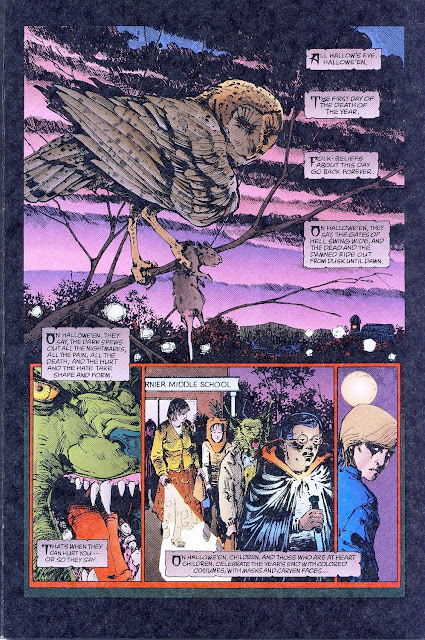Book Review: 'Ibis' by Linda Steele
Gor Fanboy Score 4/5 Stars
‘Ibis’ (221 pp., September 1985) is DAW book No. 644; the cover art is by J. Chiodo. This apparently is the first and only novel by Linda Steele.
I wasn’t aware until I had purchased this book and started to read it, that it is an SF Romance novel….?! It’s certainly one of the earliest commercially published entries in that genre, which nowadays takes up an ever-increasing proportion of DAW’s releases. I can’t say I’m a mega-fan of the romance genre, but in the spirit of adventure, I decided to persevere and check out ‘Ibis’:
A Federation research vessel has crash-landed on the planet Ibis-2, and only a few hundred of the crew have survived. Ibis -2 is an earth-like planet, with a native population quite similar in appearance to Homo sapiens. However, the Ibisian society is constructed much like that of social wasps, bees, or ants. There is a Queen, who alone procreates; a number of lubricious younger females, who will replace the Queen should she falter in her duties; a large caste of sterile female workers and warriors; and a caste of male drones, who live in pampered idleness until such time as the Queen seeks their favors.
After one shot at Knocking Boots, the ephemeral drones die - ! Needless to say, this depressing aspect of drone reproductive biology tends to leave the younger Ibisian woman rather….. fidgety…....
The Ibisians aren’t too pleased with the arrival of the Federation ship, and within the book’s first few pages they launch an attack that destroys the ship and kills a significant proportion of its lightly-armed survivors. The novel’s hero, Padrec Morrissey (who looks something like Pierce Brosnan) escapes the onslaught only to be captured by Anii, one of the queens-in-waiting, and a woman with the physical appearance of a Sports Illustrated swimsuit model.
Things get rather bizarre as Padric quickly becomes the hot-to-trot Anii’s Pleasure Slave (!) and is interred in her quarters in the hive-like ‘nom’, wherein the Ibisians make their home. In rapid succession Anii becomes Queen of the nom, and Padrec her favorite 'Love Toy'.
Although there are brief passages of violence and action, much of the narrative centers on the drama between Padrec and his alien girlfriend. There is quite a bit of pouting and angst on the part of Padrec, which in my mind made him an unsympathetic character. But then again, this is a romance novel, and the arrival on Ibis-2 of a pirate spaceship filled with the well-armed, galactic equivalent of the population of Pelican Bay State Prison simply is not going to happen…..
I won't disclose any spoilers, but the novel's denouement hinges around a momentous decision that Padrec must make. A decision either for the benefit of himself, or for the benefit of his crew. A decision that will come with grave consequences, regardless of the outcome….
Since I’m not particularly familiar with romance novels, it would be unfair of me to give this book a traditional score per se. I have, however, given it a ‘Gor Fanboy Rating’. This rating reflects the book’s appeal to that dedicated subset of SF readers who cherish and treasure the Gor novels’ fascination with proud macho men made humble and ‘forced’ (cough-cough) to serve the sick, lust-filled desires of their gorgeous female masters.
While Ibis is rated PG-13, I think that Gor Fanboys will enjoy reading it….particularly the last few pages. Hence, its exemplary Gor Fanboy Rating of 4/5 Stars !








































































